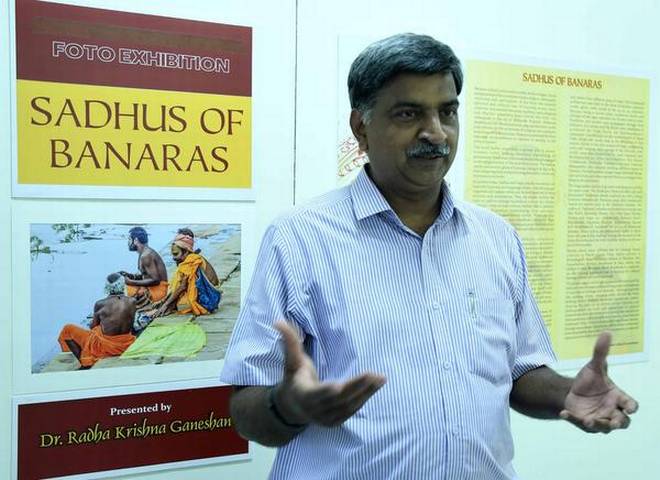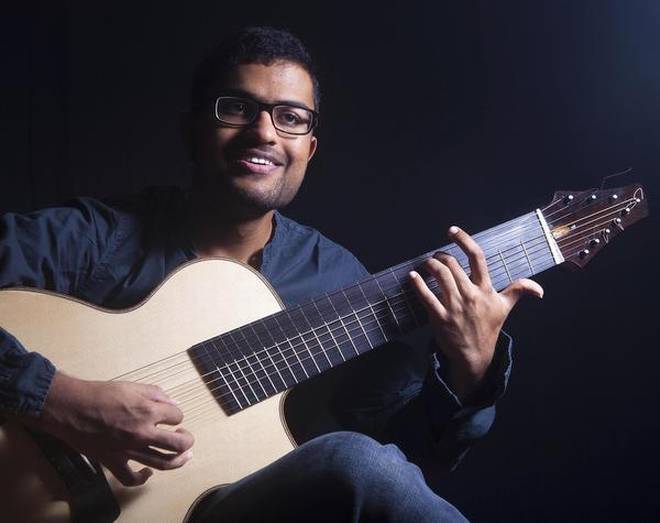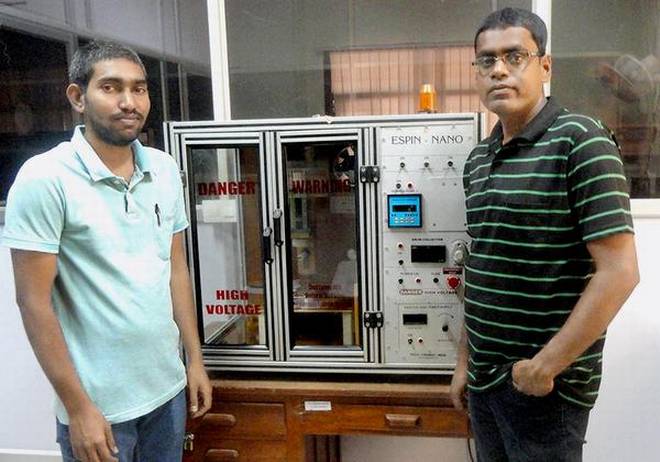
Photo exhibition highlights the life and practices of the sadhus living in the oldest city of the country
For three generations, Radhakrishna Ganeshan’s family, after moving from Tirunelveli, has lived in the holy city of Varanasi. Pursuing his passion for art and music, he graduated from the Banaras Hindu University in Applied Arts from the Faculty of Visual Arts in 1984 and later completed Masters degree in 1986.
Holding several diplomas in disciplines including painting, music, interior decoration, photography and computer designing from the oldest city, Mr. Ganeshan brings to the former French enclave the share of his world through ‘Sadhus of Banaras – Hidden Discovery of the City,’ a photo exhibition at Aurobindo Ashram Gallery on the beach road.
Growing up on the banks of Ganga river in Varanasi, which he calls ‘the city of subjects’, Mr. Ganeshan would be out every Sunday before dawn with his camera, walking through the lanes across 84 ghats in Varanasi to document the lives of sadhus. “In all these ghats, there are different sadhus. Their personalities, practices differ from each other and I am concerned that this heritage would be lost in the fast urbanisation of Varanasi. With industrialisation and tourism attracting thousands, I felt the need to preserve this heritage through photographs,” he says.
This exhibition is the first of his thematic exhibitions where he has tried to capture different moods of the sadhus whose lives are always shrouded in mystery and represents a world of detachment.
The exhibition gives a closer look at the mundane activities of sadhus, capturing the differences in their practices, identifying every sadhu including an aghori, a sanyasi marvadi, a shaiva sadhu, a vaishnava sadhu or a young sadhu with their uniqueness.
There are more than 60 portraits and photographs of sadhus at the photo exhibition organised by the Indira Gandhi National Centre for Arts. The exhibition will be held for a week beginning from March 5.
source: http://www.thehindu.com / The Hindu / Home> News> Cities> Puducherry / by S. Senthalir / Puducherry – March 07th, 2018


